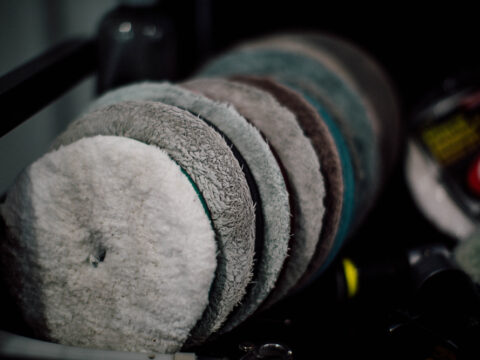Off-roading can be an exhilarating experience, but it also comes with its fair share of challenges. Taking your vehicle off the beaten path exposes it to tough terrains and harsh conditions that regular road cars rarely encounter. From navigating rocky trails to fording muddy waters, these adventures can push your vehicle to its limits. However, the thrill of off-roading is often paired with the reality that certain mechanical issues are likely to arise, making it essential to know what to expect and how to prevent them.
Regular maintenance and the right driving techniques can avoid many common off-road vehicle issues. Problems like suspension wear, engine overheating, or brake contamination often come down to how well you prepare your vehicle before hitting the trail and how you handle it when you’re out there. By staying proactive and addressing potential weaknesses, you can reduce the likelihood of breakdowns and enjoy the off-road experience with greater confidence.
Contents
Suspension Problems

Suspension systems in off-road vehicles take the brunt of the impact during rough terrain driving. Rocks, potholes, and uneven surfaces can wear out shocks, struts, and springs, leading to poor ride quality and loss of control. Regular maintenance, such as checking and replacing worn-out suspension components, can help keep the vehicle in optimal condition. Using proper off-road techniques like reducing speed over uneven surfaces or opting for gradual approaches can also minimize suspension damage, ensuring a smoother ride and extending the lifespan of your suspension system.
Overheating Engines
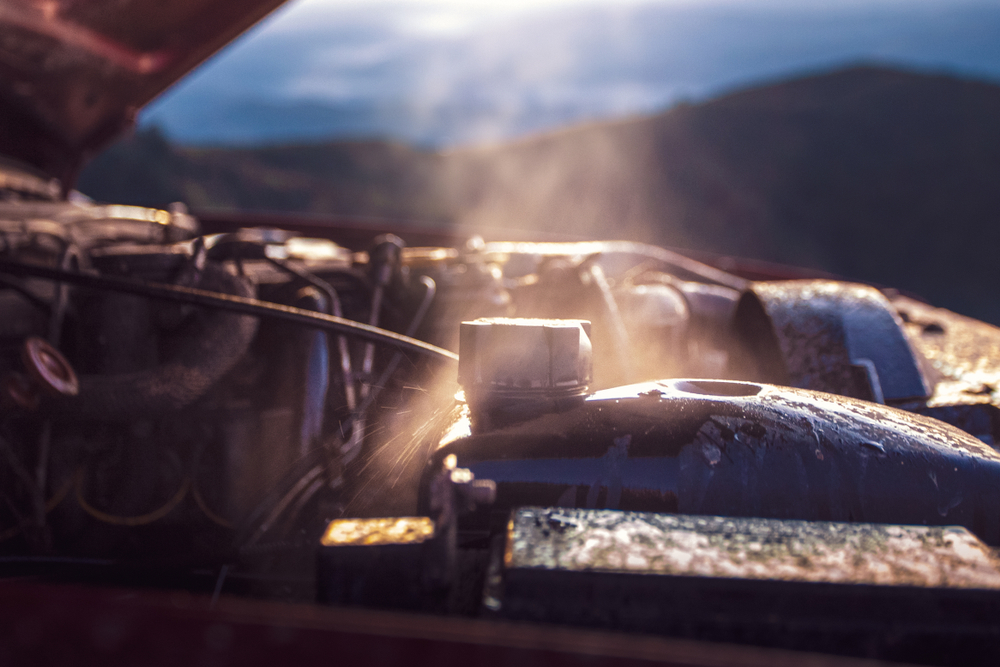
Off-road vehicles often push their engines to the limit, especially in low-gear, high-revving conditions that generate a lot of heat. Dust, debris, and mud can also clog the radiator, impeding the cooling system. Preventing overheating is crucial and can be addressed through regular coolant flushes, cleaning the radiator, and ensuring the engine’s cooling system is well-maintained. Proper techniques, like taking breaks during intense off-roading and avoiding extended idling in hot conditions, can also help regulate engine temperature and prevent overheating.
Stuck or Damaged Steering Components
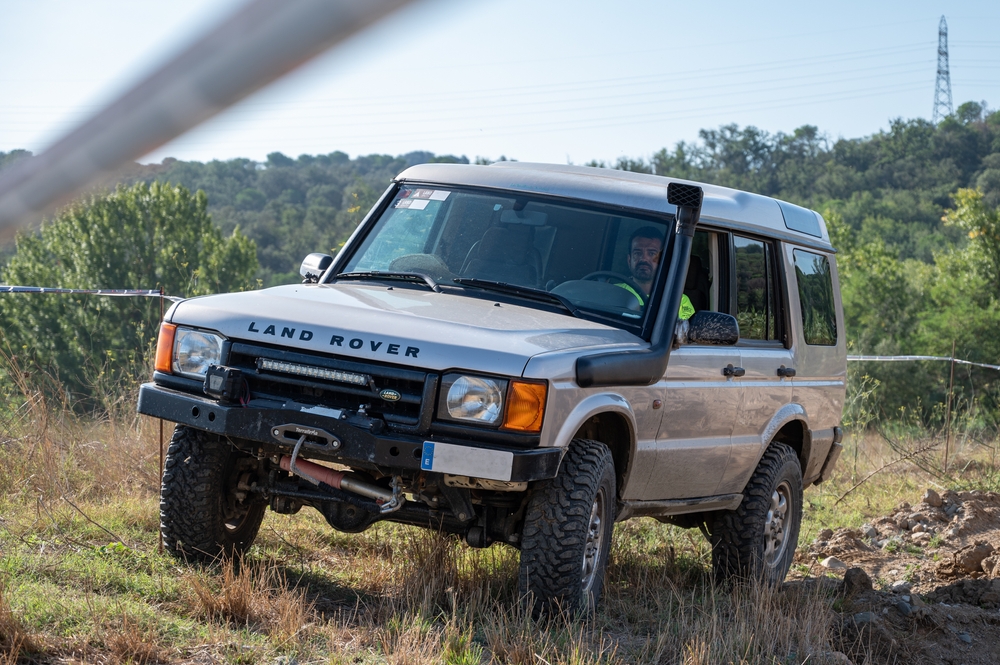
Off-roading puts significant strain on the steering system, particularly when navigating through rocky or muddy terrain. Steering components like tie rods and control arms can become stuck or damaged due to harsh conditions, making steering difficult or unresponsive. Regularly inspecting and lubricating these components can prevent them from wearing out prematurely. Utilizing proper steering techniques, such as avoiding sharp turns on rugged terrain or using a lower gear for better control, can reduce the risk of damage to the steering system.
Brake Issues from Mud and Water Contamination
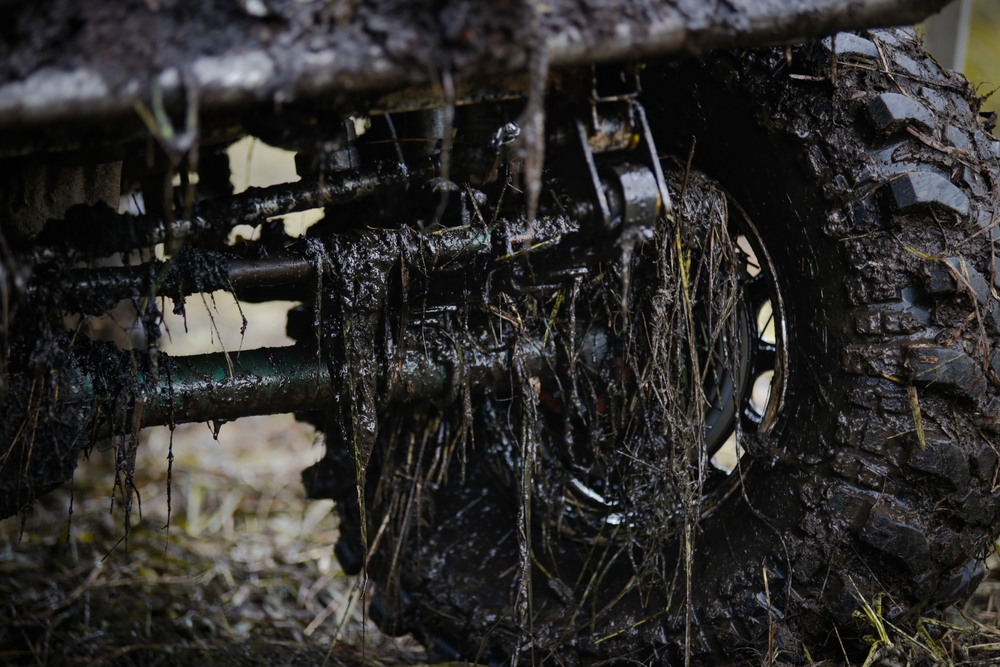
Mud and water can easily penetrate the braking system, leading to reduced braking efficiency and potential damage over time. Brake pads, rotors, and calipers are especially vulnerable to contamination, which can cause corrosion and lead to brake failure. Regularly cleaning and inspecting the brakes after off-road trips, as well as using water-resistant braking components, can help mitigate these issues. When off-roading, it’s important to avoid driving through deep water or mud whenever possible, or at least brake gently after passing through to help dry the brake components.
Body and Frame Damage

The rugged terrain of off-roading often exposes vehicles to rocks, trees, and other obstacles that can cause body and frame damage. Scratches, dents, and more severe frame bends are common, especially if proper protection isn’t in place. To prevent this, regularly inspect your vehicle’s undercarriage and frame for signs of wear or damage, and install skid plates and rock sliders for added protection. By practicing careful driving techniques – such as slow, deliberate navigation through narrow passages and over obstacles – you can significantly reduce the likelihood of body and frame damage.
Electrical System Failures
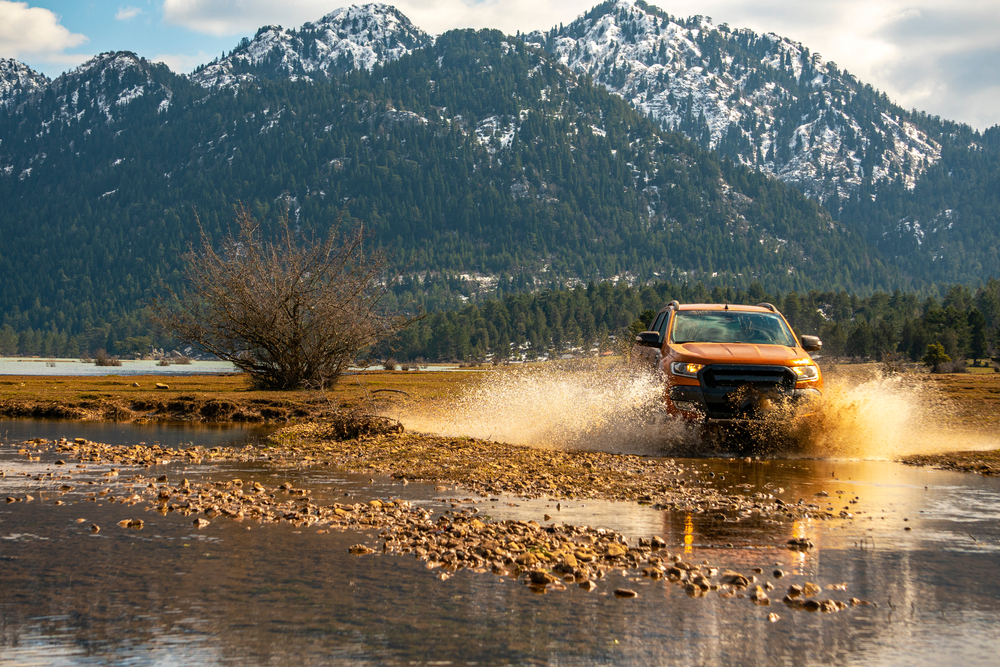
Off-road environments, especially muddy or wet conditions, can wreak havoc on a vehicle’s electrical system. Water exposure, mud infiltration, or rough vibrations can lead to short circuits, malfunctioning sensors, or complete electrical failures. To prevent these issues, ensure that your vehicle’s electrical connections are well-sealed, and regularly check for signs of corrosion or frayed wiring. Using proper off-road techniques, like avoiding deep water crossings and investing in waterproof electrical components, can help safeguard your vehicle’s electrical systems from off-road challenges.
Tire Damage and Wear
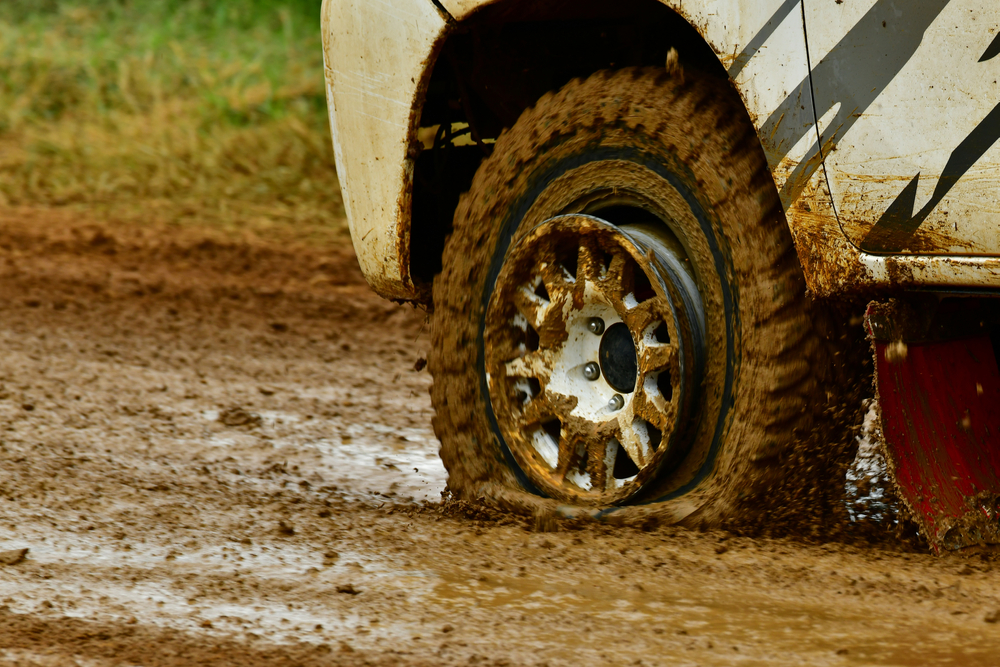
Off-roading can be tough on tires, with sharp rocks, uneven terrain, and the added strain of low-traction surfaces causing frequent damage. Blowouts, punctures, and rapid tread wear are common issues for off-road vehicles. Regularly inspecting your tires for signs of damage, maintaining proper air pressure, and rotating your tires can help extend their lifespan. Additionally, using proper off-road techniques like selecting the right tire for the terrain and lowering tire pressure in soft sand or mud can reduce stress on the tires and prevent damage.
Transmission Overheating
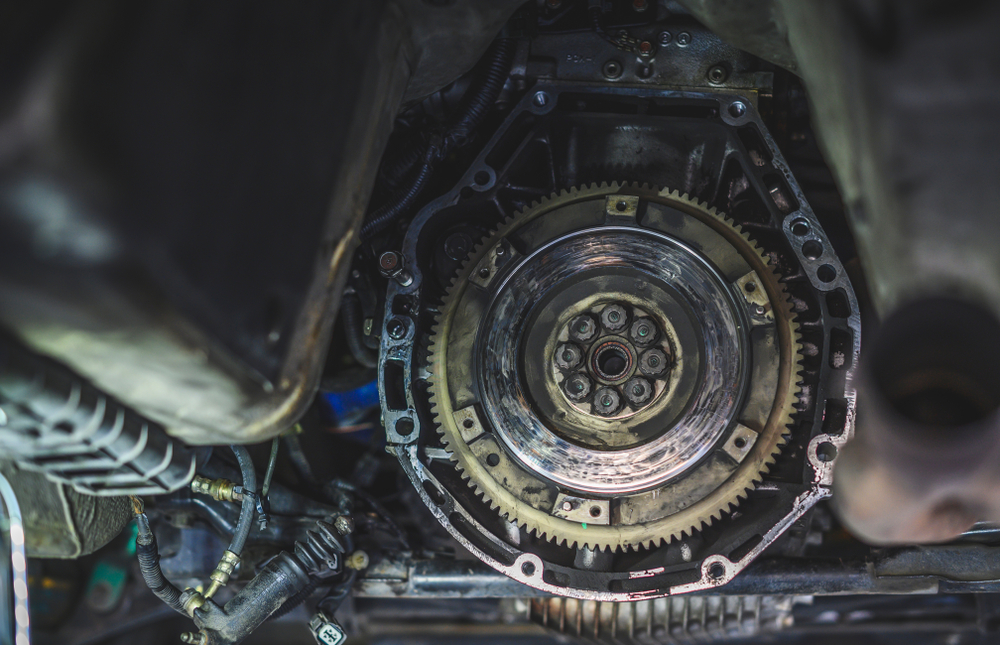
Transmission overheating is a common issue during off-road driving, especially in automatic vehicles where low gears are used extensively. The increased load on the transmission can cause fluid temperatures to rise rapidly, leading to wear and potential failure. Regularly checking transmission fluid levels, ensuring the cooling system is functioning properly, and using high-quality transmission fluids can help keep your transmission in good condition. Driving in lower gears only when necessary and avoiding unnecessary strain can also help prevent overheating.
Fuel System Contamination

Off-roading often exposes your vehicle to dust, dirt, and water, all of which can contaminate the fuel system. This can lead to clogged fuel filters, poor fuel efficiency, and engine misfires. Regularly changing the fuel filter and ensuring the fuel system is properly sealed can help prevent contamination. Practicing careful driving techniques, such as avoiding deep water and muddy areas where fuel system contamination is likely, can further protect your vehicle from these issues.
Exhaust System Damage
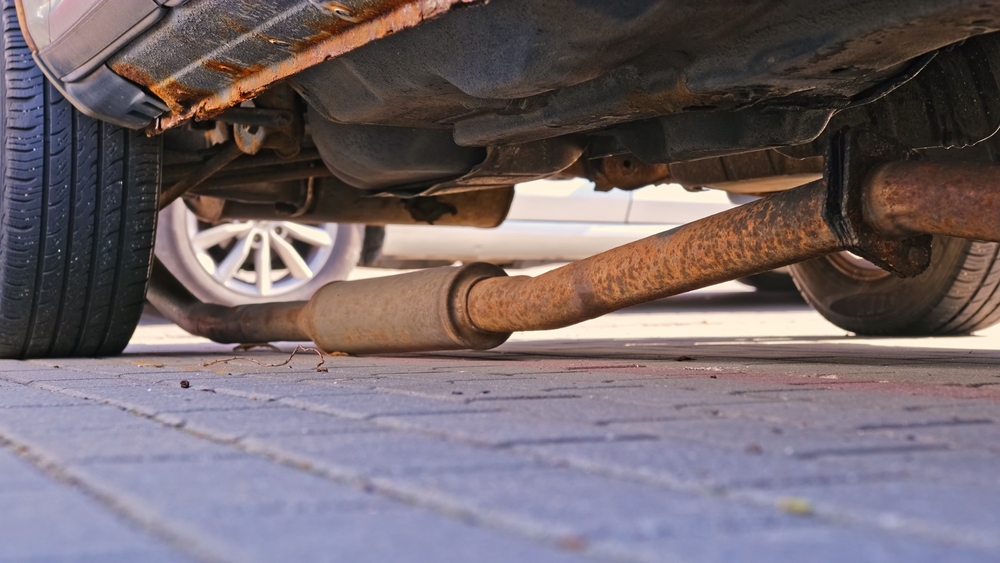
The exhaust system is vulnerable to damage during off-roading due to its location beneath the vehicle. Rocks, tree stumps, or other obstacles can dent or puncture the exhaust, leading to reduced performance or even complete failure. Regularly inspecting the exhaust system for signs of damage and ensuring that protective components like skid plates are in place can help mitigate the risk. Driving slowly and avoiding low-clearance obstacles when possible can also help protect the exhaust system.
This article originally appeared on MyCarMakesNoise.
More from MyCarMakesNoise
15 Underrated Luxury Cars That Are Worth Every Penny

In the world of luxury vehicles, certain brands and models often steal the spotlight, leaving other equally impressive options in the shadows. However, for discerning buyers looking to invest in a luxury car that stands out from the crowd, many less-known models offer exceptional value. Read More.
12 Legendary Race Cars Still Competing

In the world of motorsport, certain race cars transcend their time, leaving an indelible mark on the track and in the hearts of racing enthusiasts. These legendary machines, known for their groundbreaking performance and engineering, have not only dominated in their prime but continue to compete, proving their enduring prowess. Read More.
13 Least Reliable Cars on the Market

When it comes to choosing a vehicle, reliability is often at the top of the list for most buyers. A car that consistently performs well without frequent visits to the repair shop is what everyone hopes for. Read More.


